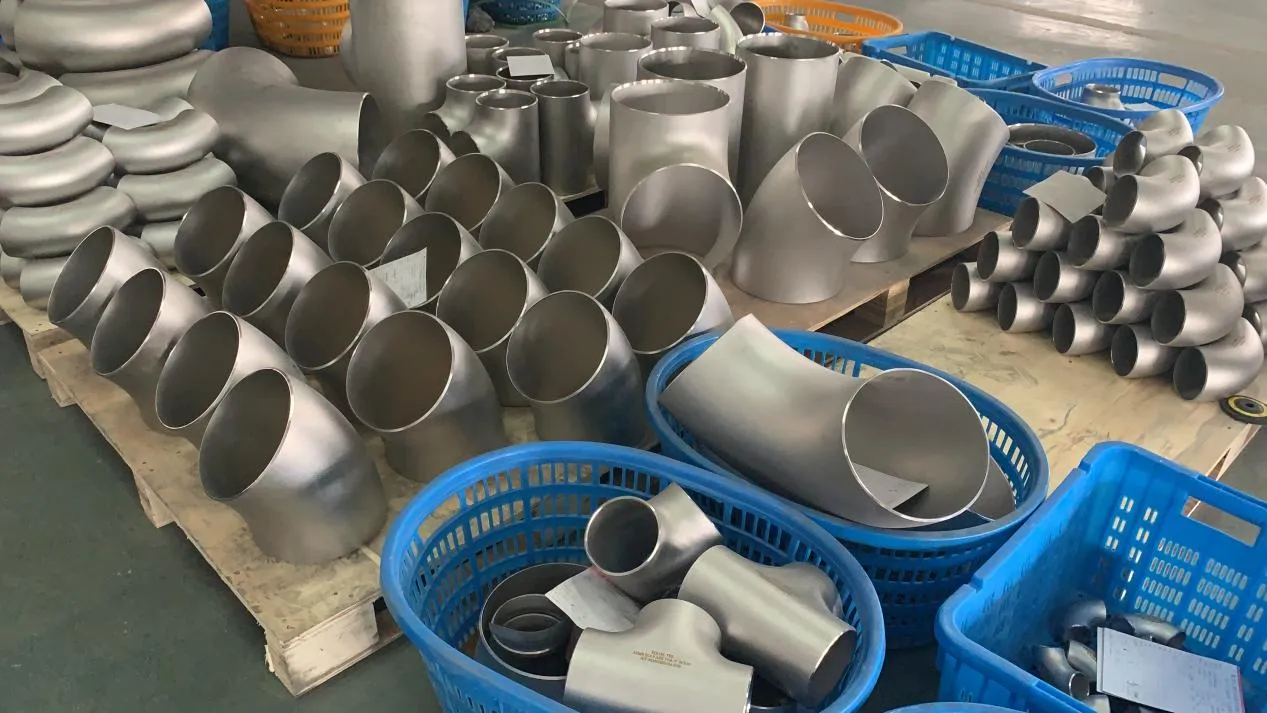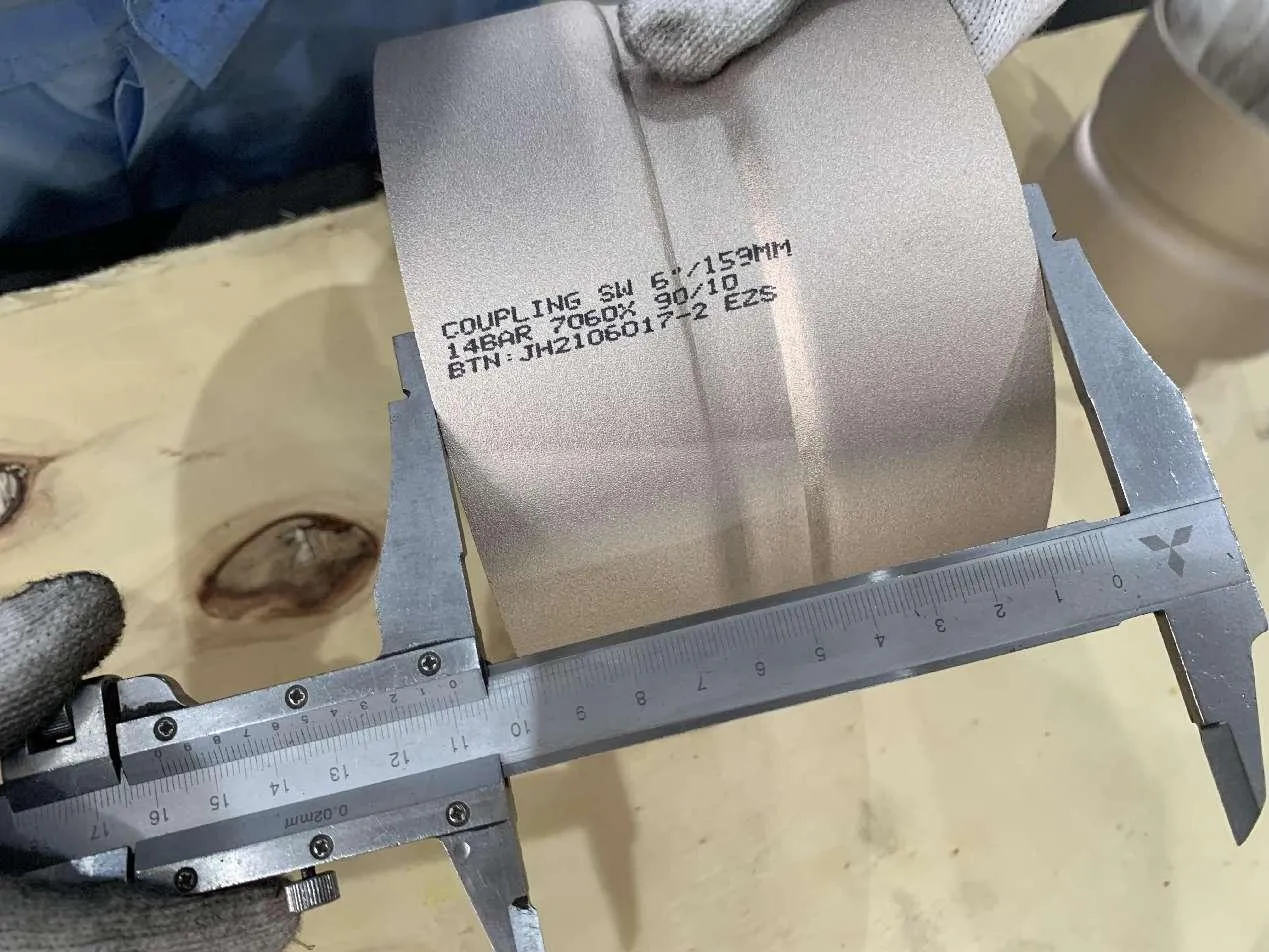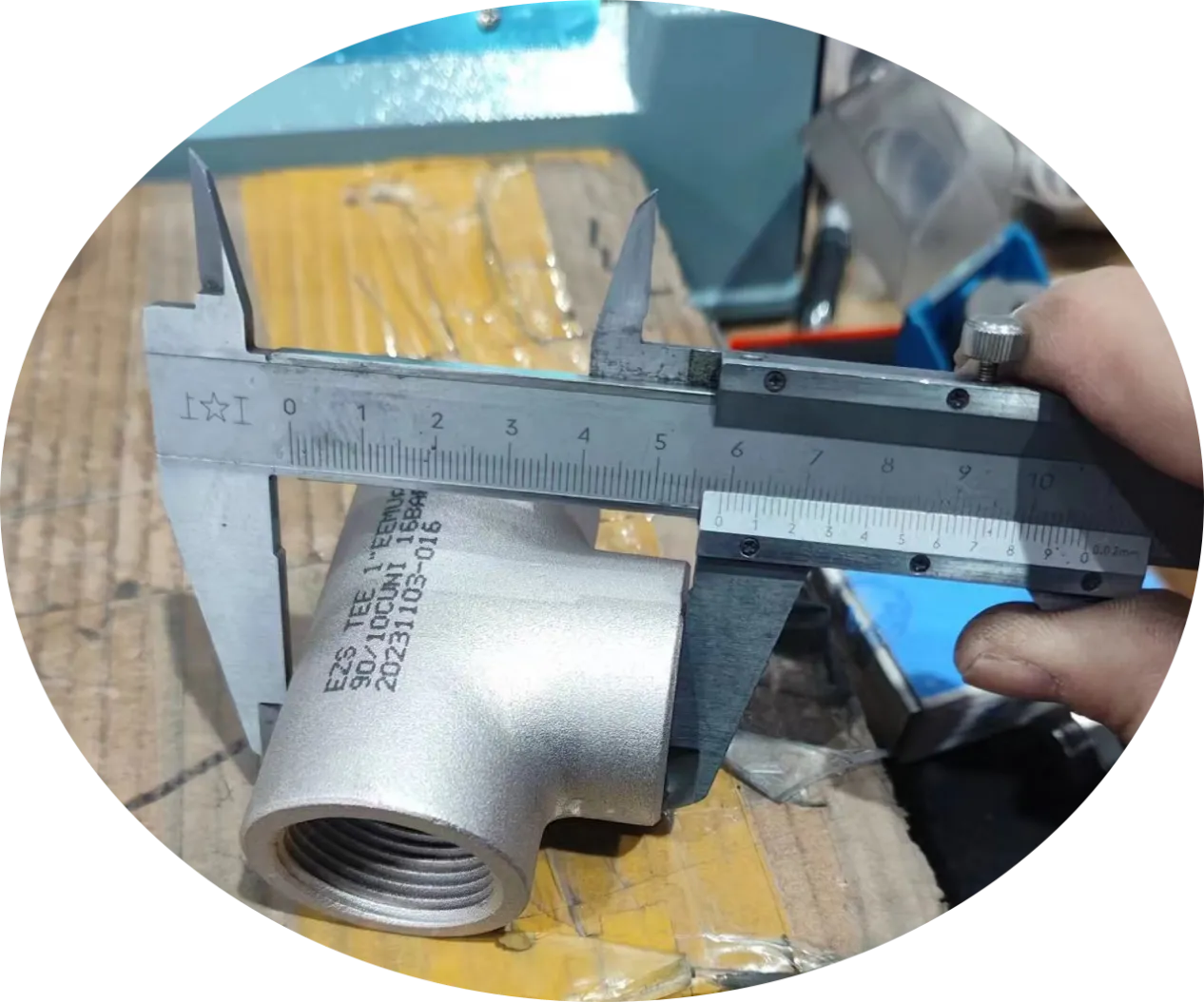 export@ezsteelpipe.com
export@ezsteelpipe.com +86 731 8870 6116
+86 731 8870 6116
Steel pipe fittings are essential components in piping systems, used to connect, control, change direction, or branch pipelines. Below is an overview of three common types of steel pipe fittings: butt-welding, socket welding, and grooved / threaded fittings, along with their key features, applications, and advantages.


Steel pipe fittings are essential components in piping systems, used to connect, control, change direction, or branch pipelines. Below is an overview of three common types of steel pipe fittings: butt-welding, socket welding, and grooved / threaded fittings, along with their key features, applications, and advantages.
Description:
- Joined by welding the beveled ends of the pipe and fitting together.
- Commonly used in high-pressure and high-temperature applications.
Types:
- Elbows (90°, 45°) – Change flow direction.
- Tees (Equal, Reducing) – Branch or combine flow.
- Reducers (Concentric, Eccentric) – Adjust pipe diameter.
- Caps – Seal pipe ends.
- Stub Ends – Used with lap joint flanges.
Materials:
- Carbon steel (ASTM A234 WPB), stainless steel (A403 WP316), alloy steel.
Advantages:
- Strong, leak-proof connections.
- Smooth bore for better flow.
- Suitable for high-pressure systems.
Applications:
- Oil & gas, chemical plants, power generation.

Description:
- Pipe is inserted into a recessed area (socket) of the fitting and welded around the joint.
- Used for smaller pipe sizes (typically ≤ DN80 / 3").
Types:
- Socket Weld Elbows, Tees, Couplings, Unions.
Materials:
- Carbon steel (ASTM A105), stainless steel (A182 F316).
Advantages:
- Easier alignment than butt welding.
- Good for high-pressure but smaller pipelines.
Disadvantages:
- Not ideal for corrosive fluids (gap may trap impurities).
Applications:
- Hydraulic systems, steam lines, instrumentation piping.

Description:
- Uses a grooved coupling system with gaskets and bolts for quick assembly.
- No welding required (ideal for retrofits).
Types:
- Grooved Elbows, Tees, Crosses, Reducers.
- Mechanical Couplings (Rigid vs. Flexible).
Materials:
- Carbon steel, stainless steel, metal alloys.
Advantages:
- Fast installation/disassembly.
- Vibration-resistant.
- Fire-safe options available.
Disadvantages:
- Lower pressure rating than welded fittings.
Applications:
- Fire protection, HVAC, water supply, mining.
| Feature | Butt-Welding | Socket Welding | Grooved |
| Strength | Highest | High | Medium |
| Installation | Slow (welding) | Moderate | Fast |
| Pressure | High | Medium-High | Medium |
| Maintenance | Permanent | Permanent | Removable |
| Cost | Higher | Moderate | Lower |
- Butt-Welding: Best for high-pressure/temperature systems (oil & gas).
- Socket Welding: Good for small-bore, high-pressure piping.
- Grooved: Ideal for quick assembly, low/medium pressure (fire protection, water lines).
Both grooved and threaded pipe fittings are used to connect pipes without welding, but they differ in design, installation, and applications. Here’s a detailed comparison:
Design & Connection Method
- Uses grooves (cut or rolled) near the pipe ends.
- A gasket-sealed housing (coupling) fits over the grooves and is tightened with bolts/nuts.
- Two types:
- Rigid couplings (no movement allowed).
- Flexible couplings (allows slight movement/vibration absorption).
Installation
- Fast and simple (no welding or threading required).
- Requires grooving tools to prepare pipe ends.
- Bolted connections allow for easy disassembly.
Advantages
- Quick assembly (saves labor time).
- Vibration-resistant (flexible couplings absorb movement).
- No heat required (safe for flammable environments).
- Leak-proof seal (rubber gasket ensures tightness).
Disadvantages
- Lower pressure rating than welded/threaded systems.
- Gasket degradation possible with extreme temperatures/chemicals.
Applications
- Fire protection systems.
- HVAC, water supply, and slurry pipelines.
- Mining, shipbuilding, and industrial piping.
Design & Connection Method
- Pipe ends have tapered (NPT) or parallel (BSP) threads.
- Fittings (elbows, tees, couplings) are screwed onto the pipe.
- Sealant (Teflon tape, pipe dope) is used to prevent leaks.
Installation
- Requires threading tools (die heads or machines).
- More labor-intensive than grooved systems.
- Risk of cross-threading if not aligned properly.
Advantages
- No welding needed (good for small pipes).
- Compact design (takes less space than flanges/grooved couplings).
- Moderate pressure handling (better than grooved but less than welded).
Disadvantages
- Prone to leaks if threads are damaged or improperly sealed.
- Not ideal for vibration (can loosen over time).
- Limited to smaller pipe sizes (typically ≤ 4” NPT).
Applications
- Low/medium-pressure water, gas, and air lines.
- Plumbing, oil & gas (non-critical lines).
- Instrumentation and hydraulic systems.
| Feature | Grooved Fittings | Threaded Fittings |
| Connection | Uses grooves + gasket + coupling | Screwed threads with sealant |
| Installation Speed | Very fast (bolt-on) | Slower (threading & sealing) |
| Pressure Rating | Medium (up to ~300 psi) | Medium-High (depends on thread quality) |
| Vibration Resistance | Excellent (flexible couplings) | Poor (can loosen over time) |
| Pipe Size Range | Wide (1" to 48"+ for large systems) | Limited (usually ≤ 4") |
| Maintenance | Easy to disassemble | Harder to disassemble (sealant binds threads) |
| Cost | Higher (couplings + grooving tools) | Lower (but labor-intensive) |
- Grooved fittings: Best for quick assembly, vibration-prone systems, and large pipes (fire protection, HVAC).
- Threaded fittings: Better for smaller pipes, tight spaces, and moderate pressure (plumbing, instrumentation).

 Related Products
Related Products